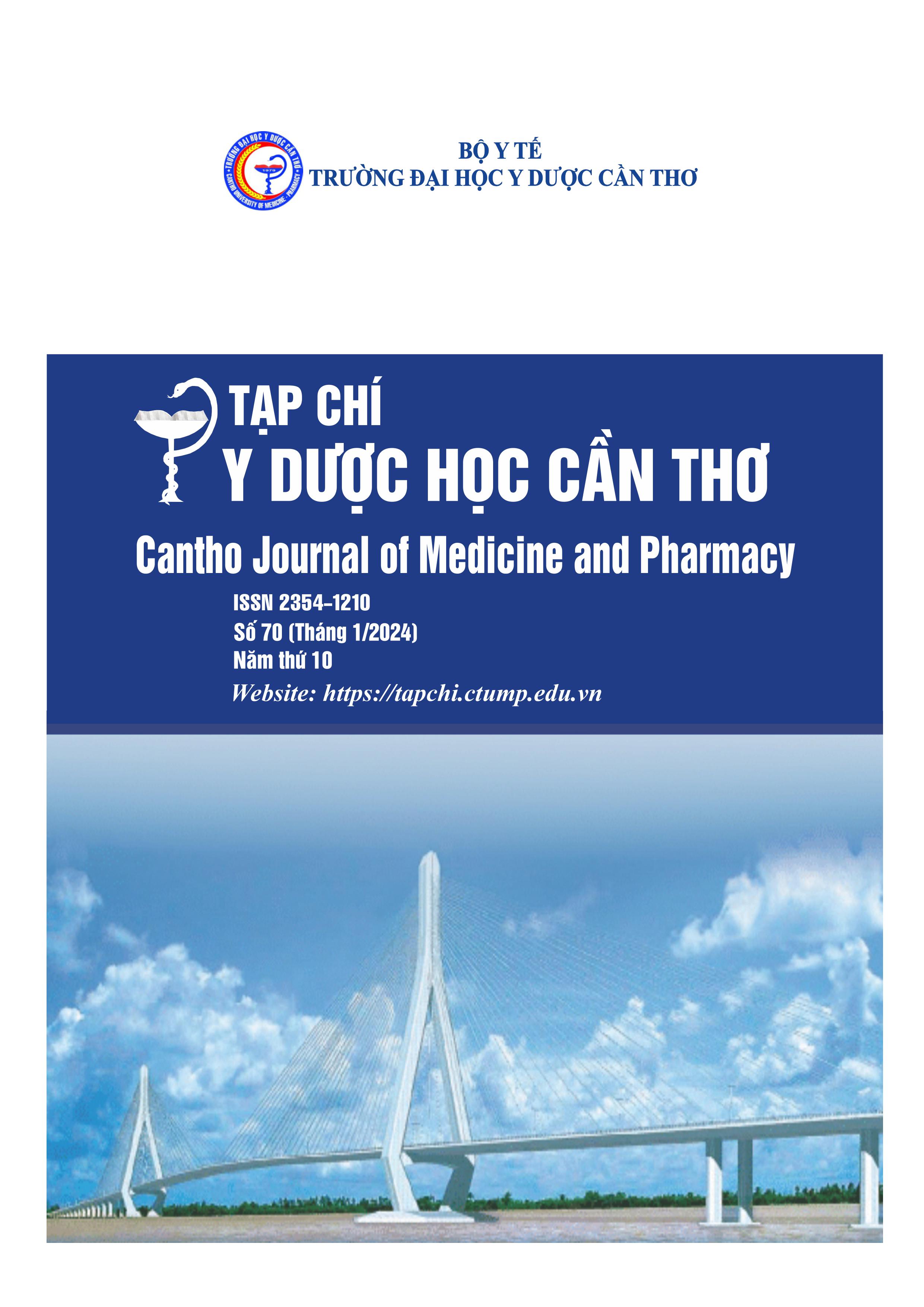CLINICAL CHARACTERISTICS OF SKELETAL CLASS III MALOCCLUSION IN GROWING PATIENTS TREATED WITH FACEMASK
Main Article Content
Abstract
Background: Class III malocclusions are considered to be among the most challenging orthodontic problems. However, there have been few published investigations into the characteristics of skeletal class III malocclusion in Vietnamese children. Objectives: This study was aimed to investigate clinical features of skeletal Class III malocclusion due to maxillary retrusion in growing patients treated with facemask appliances. Materials and methods: A cross-sectional descriptive study was conducted on 31 patients who were 7 to 12 years old, diagnosed as having skeletal Class III malocclusion due to maxillary hypoplasia, and were indicated for facemask therapy. Clinical features were collected and analyzed. The data was analyzed using SPSS 20.0 software Results: Most of the patients were found to have brachyfacial or mesofacial patterns (80.6%) and the majority of the mandibular plane angles were flat or normal (77.4%). The patients exhibited a significant prevalence of Class I Angle malocclusion (77.4%). All subjects had an anterior crossbite with a median negative overjet of -2 mm. There were 2 patients with a negative overbite (an open bite) (accounting for 6.5%). Conclusions: In this study, patients with skeletal Class III malocclusion treated with facemask therapy exhibited brachyfacial or mesofacial patterns with hypodivergent or normodivergent facial patterns in the majority, and all had a negative overjet.
Article Details
Keywords
Class III malocclusion, maxillary hypoplasia, facemask therapy


